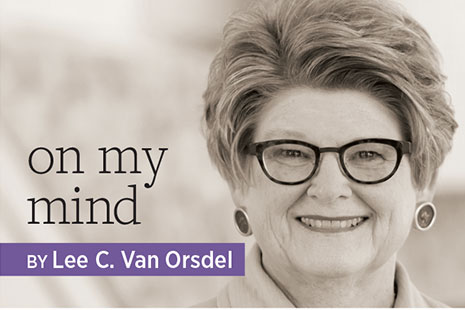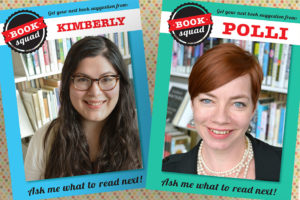
In 2013, when we opened the Mary Idema Pew Library Learning and Information Commons at Grand Valley State University in Allendale, Michigan, we aimed for nothing less than to change student behavior in the library. Specifically, we intended for students to see the Learning Commons as their space, with the flexibility to accommodate a wide range of needs and preferences. We wanted to help students manage their own learning and then have them model for each other what that looks like. We hoped to engage users in unexpected moments of discovery and delight while they were in the space. And we wanted to do all of this in a building that was beautiful, inspiring, and full of light.
Three years and 3.2 million visitors later, we are astonished at our success. Based on results from a major post-occupancy study with Steelcase, data gathered regularly since we opened, and feedback from surveys and social media, we know students love the new library. We also know how they are using its spaces; the extent to which they are interacting with content, peers, experts, or the building itself; and how often they work alone or in groups—it’s about 50–50. We use this data to plan and adjust services, furniture, and programs.
Much of what we did is replicable in other libraries, even without the luxury of a new building or a major expansion. Here are some key factors and philosophies that contributed to our success:
- Our students own the library—they are not guests in our space. Our service desk is staffed by student workers who are trained in concierge-like skills to see that visitors’ needs are met whenever possible. Library staff work in the background, and liaison librarians work in their offices or out on the campus. To reinforce the message of student ownership, we avoid posting signs as much as possible. When we do, we use peer-to-peer language. Students are able to recognize the distinction and it empowers them.
- A peer consulting service lowers barriers for students who want help with assignments involving research, writing, and oral presentation. Consultants are hired and trained by the writing center, the speech lab, or the library, and all work side-by-side in the library’s Knowledge Market. Consultants walk students through conversations that model good scholarly practice, and these interactions are visible to the library community. Ninety-seven percent of students report higher confidence in completing assignments after meeting with a peer consultant. We hope to have data in time that shows a positive correlation to retention and grades.
- Space, lighting, and furniture are designed to cue users on how to sort themselves into contemplative or collaborative spaces in the library. It is never that simple, however, so furniture is flexible enough to allow for expansion and contraction of designated areas. Students capitalize on the fluidity to construct their preferred microenvironments, and we reset the furniture only at the end of each semester.
- Fixed and portable whiteboards are the most important accessories in the building. Students use them to study but also to reduce distractions, create privacy for competitive assignments, and mark boundaries. As students fill up the whiteboards with formulas, vocabulary, diagrams, and symbols, learning is made visible. Markers are supplied every day for every whiteboard.
- The library is an expression of the university’s commitment to developing the whole student. The building is full of video displays, exhibitions, artwork, pop-up musical events, programs, teach-ins, and brand new technologies. All are designed to stimulate serendipitous learning, pique curiosity, and expand awareness and understanding of the world beyond the university.
It doesn’t take a costly renovation or construction to create a successful space. It starts by embracing a radically user-centered library.


